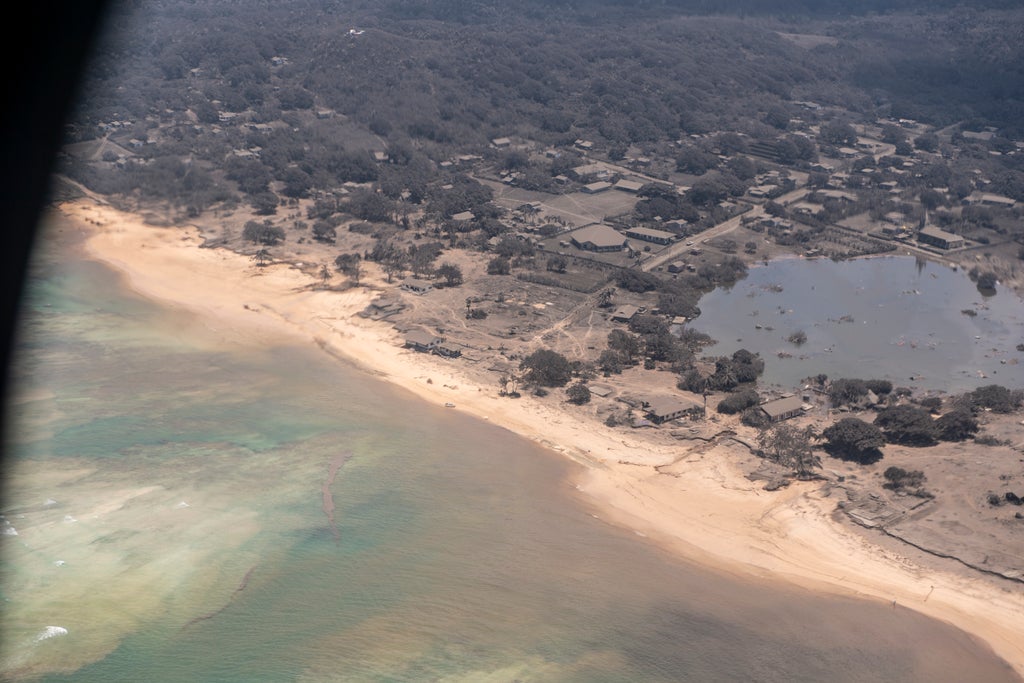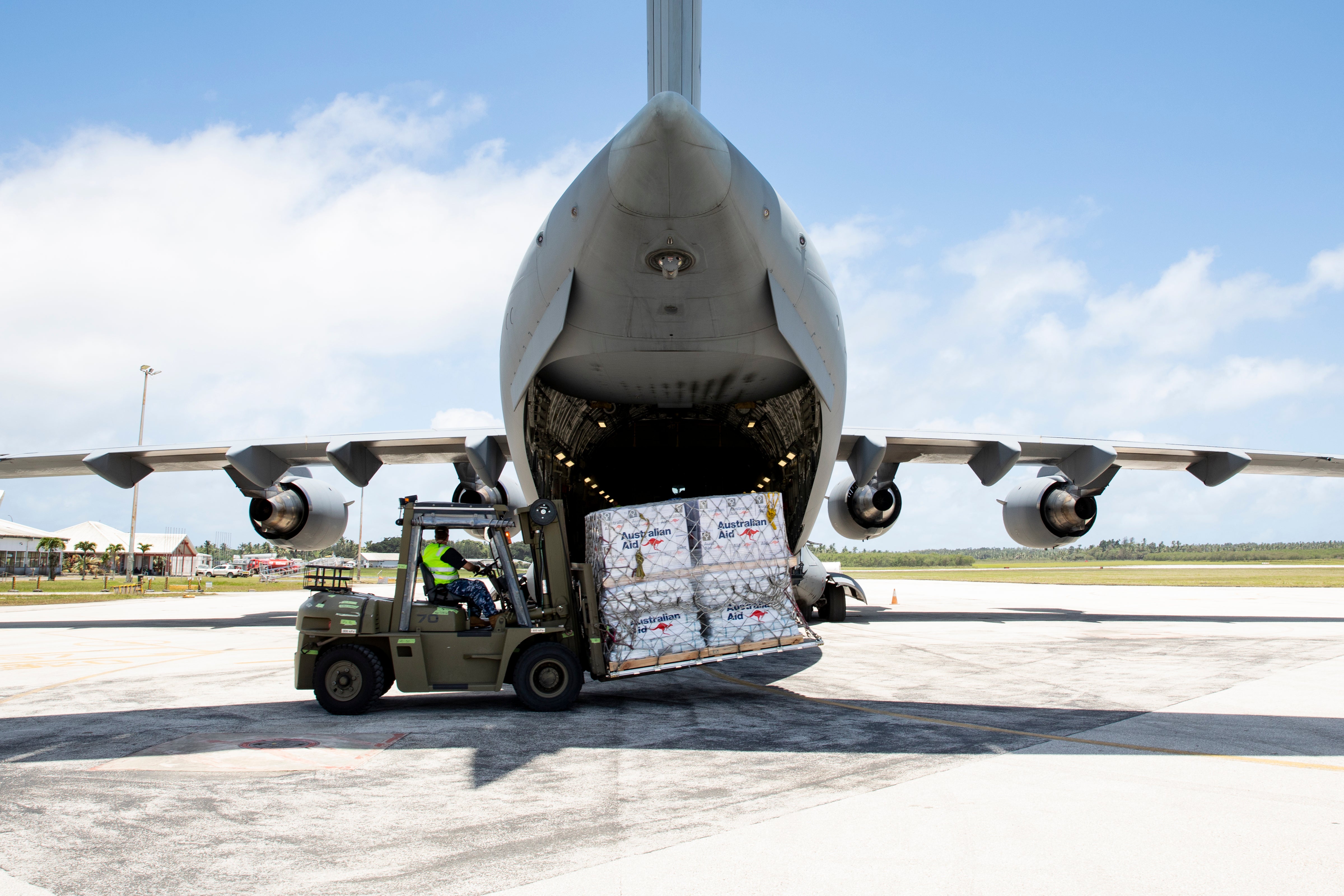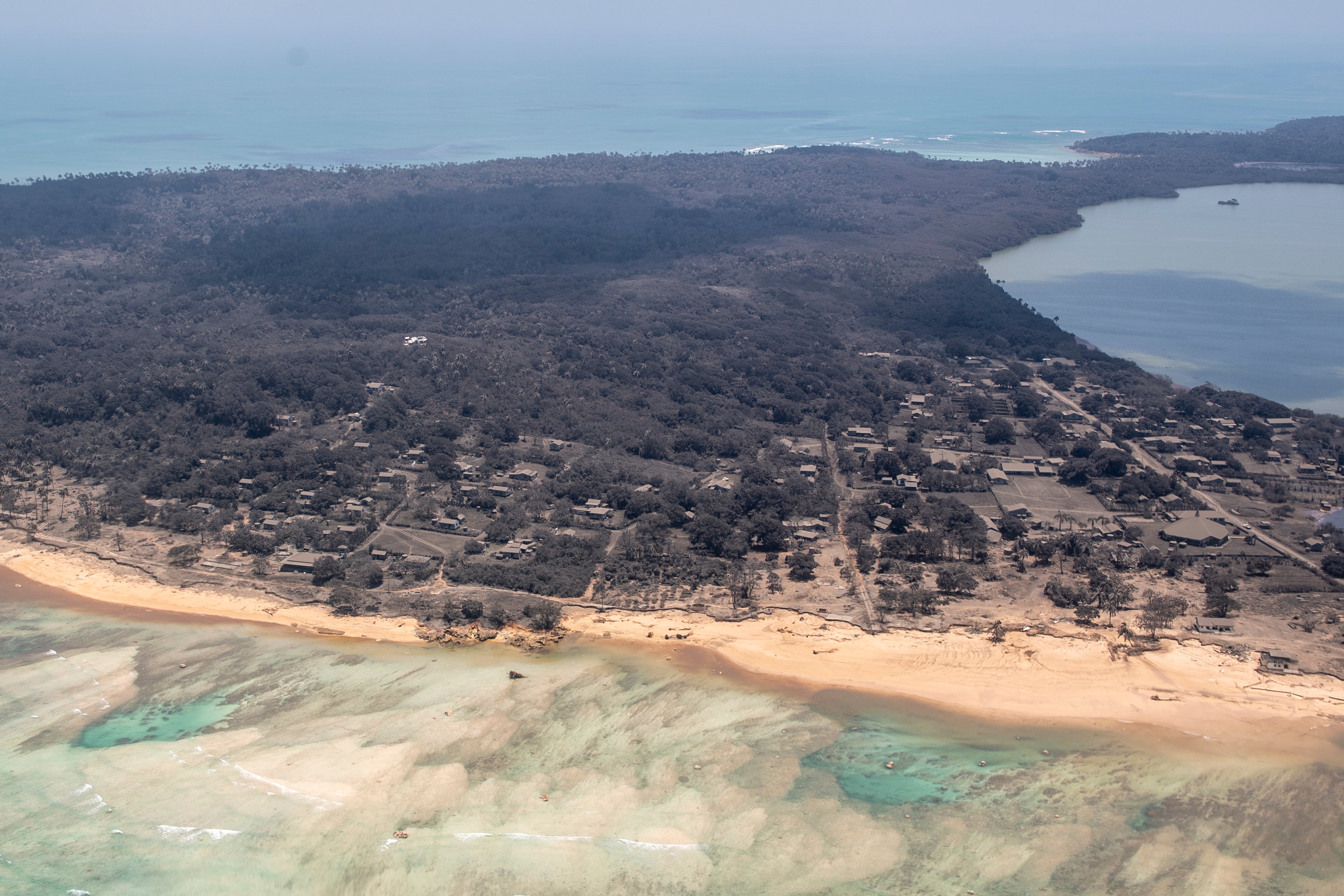
The Tonga underwater volcano that erupted in January covering the island nation in ash is still surprisingly intact, scientists have said.
The 15 January eruption was as powerful as the 1883 Krakatoa eruption in Indonesia and triggered a tsunami, which swept through Tonga and caused widespread damage to buildings.
A New-Zealand led team of scientists have been mapping the underwater volcano and discovered that it has not changed much following the eruption, the BBC reported.
The expedition leader, NIWA marine geologist Kevin Mackay, said he was taken aback by the data that his team had recovered.
“Given the violence of the eruption on 15 January, I’d expected the edifice to either have collapsed or been blown apart, and this is not the case,” he told the BBC.
“While the volcano appeared intact, the seafloor showed some dramatic effects of the eruption.”

The scientists found that, though the flanks of the volcano were devoid of marine life, fish and mussels were living on other seamounts.
Dr Malcolm Clark, NIWA fisheries expert, said that this showed the “resilence of animal populations in the region”.
The team will be using a robot boat to examine the opening of the volcano. They are taking the precaution because the volcano appears to still be active.
The eruption of the volcano, named Hunga Tonga-Hunga Ha’apai, has baffled scientists. Researchers are finding it hard to explain why the volcano sent a cloud to such extreme heights, but emitted less ash than would be expected.

A volcanologist, Nico Fournier, told Nature: “It just basically rips the Band-Aid on our lack of understanding of what’s happening under water.”
The eruption covered Tonga in a thick layer of ash and significantly disrupted access to clean drinking-water.
At least three people died as a result of the explosion.







